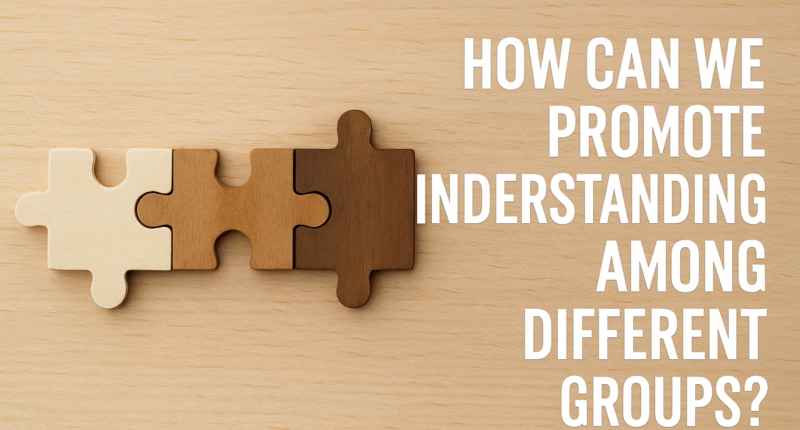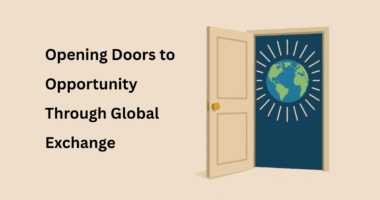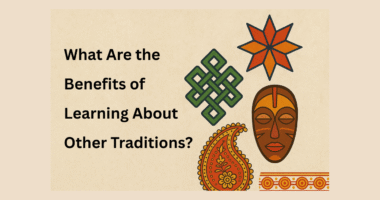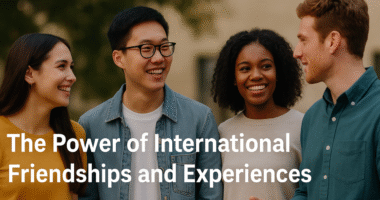In a world full of diversity, promoting understanding among different groups is more important than ever. Whether these groups are based on culture, religion, ethnicity, or social background, building bridges of understanding can reduce conflict, strengthen communities, and create a more peaceful society. But how can we achieve this goal? Let’s explore some effective ways.
Encouraging Open Communication
Listening with Empathy
One of the most powerful ways to promote understanding is through active listening. By hearing others’ stories and perspectives, we gain deeper insights into their experiences. Empathy helps reduce judgment and fosters respect.
Creating Dialogue Spaces
Community discussions, forums, and workshops provide safe spaces where people from different backgrounds can share ideas. Open dialogue breaks down stereotypes and encourages cooperation.
Education and Awareness
Learning About Differences
Education is key to understanding. Schools, workplaces, and communities that teach about different traditions, histories, and beliefs help reduce ignorance and prejudice. Knowledge leads to appreciation rather than fear.
Promoting Inclusive Curriculum
By including multiple perspectives in history, literature, and social studies, education systems can show that every group’s contribution matters. This builds a sense of equality and respect among students.
Building Shared Experiences
Working Together on Common Goals
When people from different groups collaborate on projects—whether it’s volunteering, sports, or business—they realize they have more in common than they thought. Shared goals create trust and friendship.
Celebrating Diversity
Events such as cultural festivals, food fairs, or art exhibitions showcase traditions from different groups. These activities promote pride in identity while also encouraging others to learn and participate.
Promoting Respect and Equality
Challenging Prejudice
To promote understanding, it’s important to address discrimination when it occurs. Speaking out against unfair treatment and creating inclusive policies ensures everyone feels valued.
Practicing Respect in Daily Life
Small actions—like respecting different dietary needs, dress codes, or holidays—make people feel accepted. Respecting diversity in everyday life encourages harmony and cooperation.
Using Media and Technology for Good
Sharing Positive Stories
Media plays a huge role in shaping perceptions. By highlighting success stories of cooperation among different groups, we can inspire others to follow the same path.
Connecting Through Technology
Social media platforms and digital communities allow people from different parts of the world to interact. When used positively, these tools can promote friendships, learning, and global unity.
Conclusion
Promoting understanding among different groups is not just a moral responsibility—it is a path to peace, progress, and stronger societies. Through open communication, education, shared experiences, and respect, we can build bridges instead of walls. By embracing diversity and fostering empathy, we create a world where differences are celebrated, and everyone feels included.









